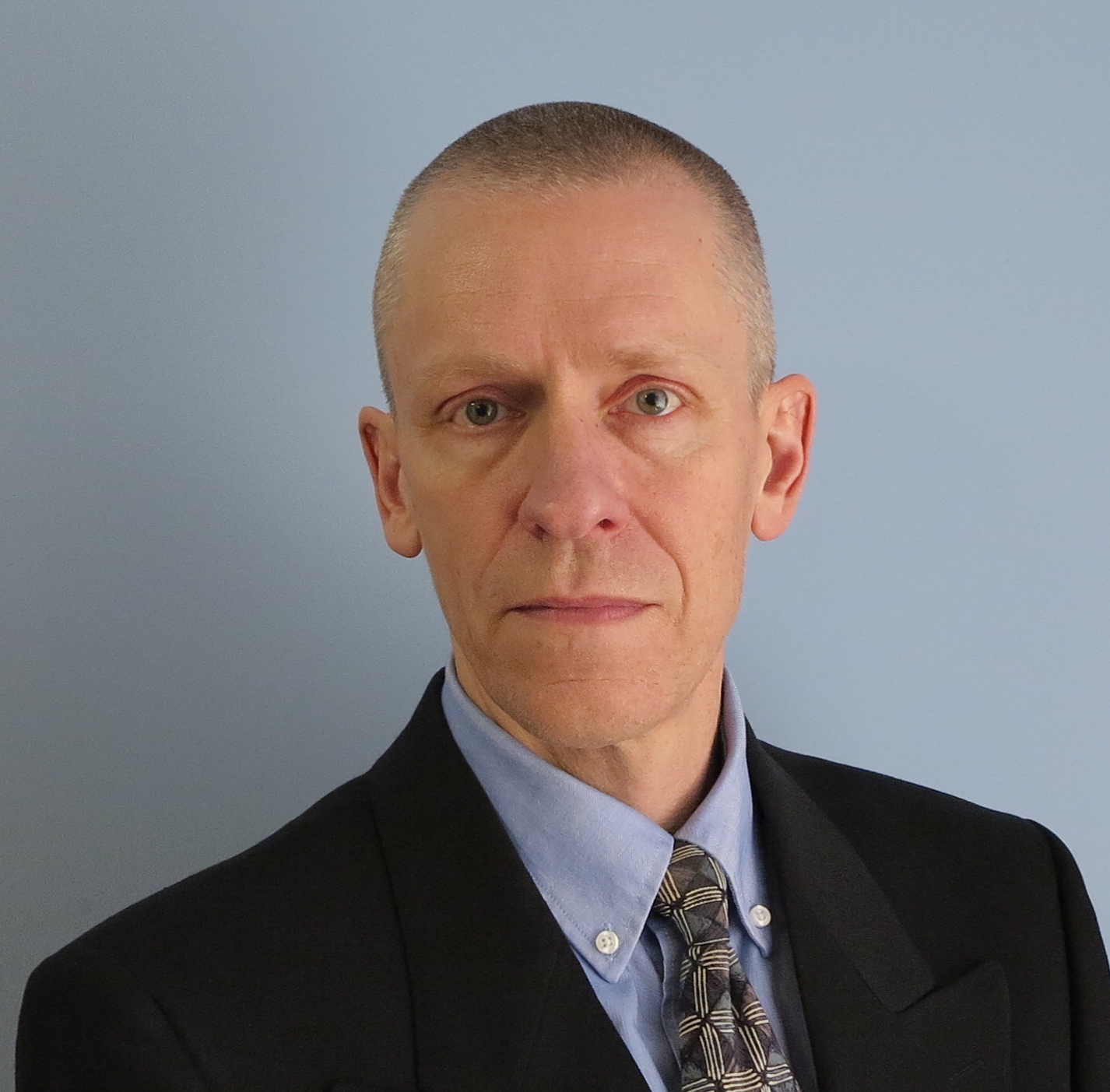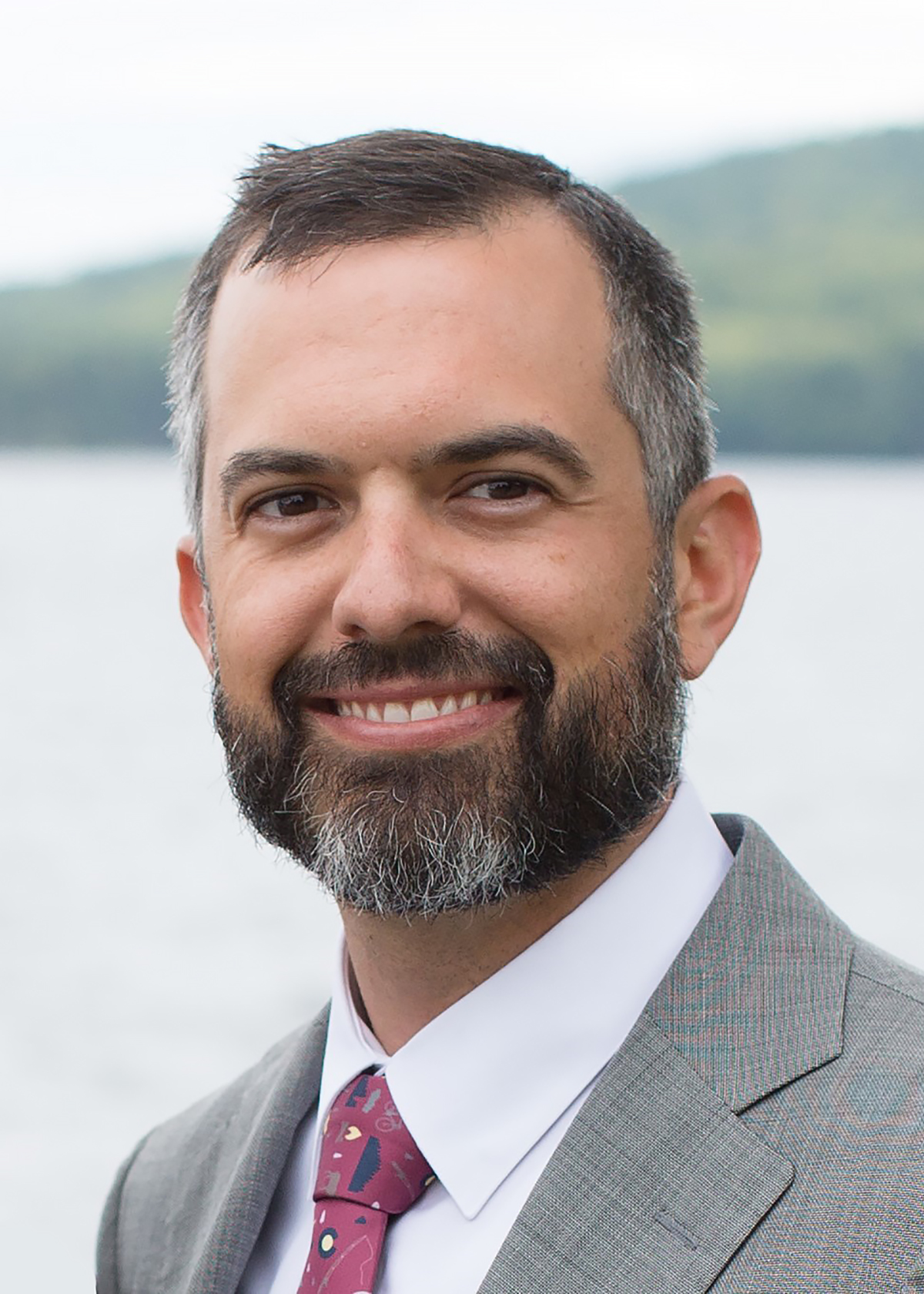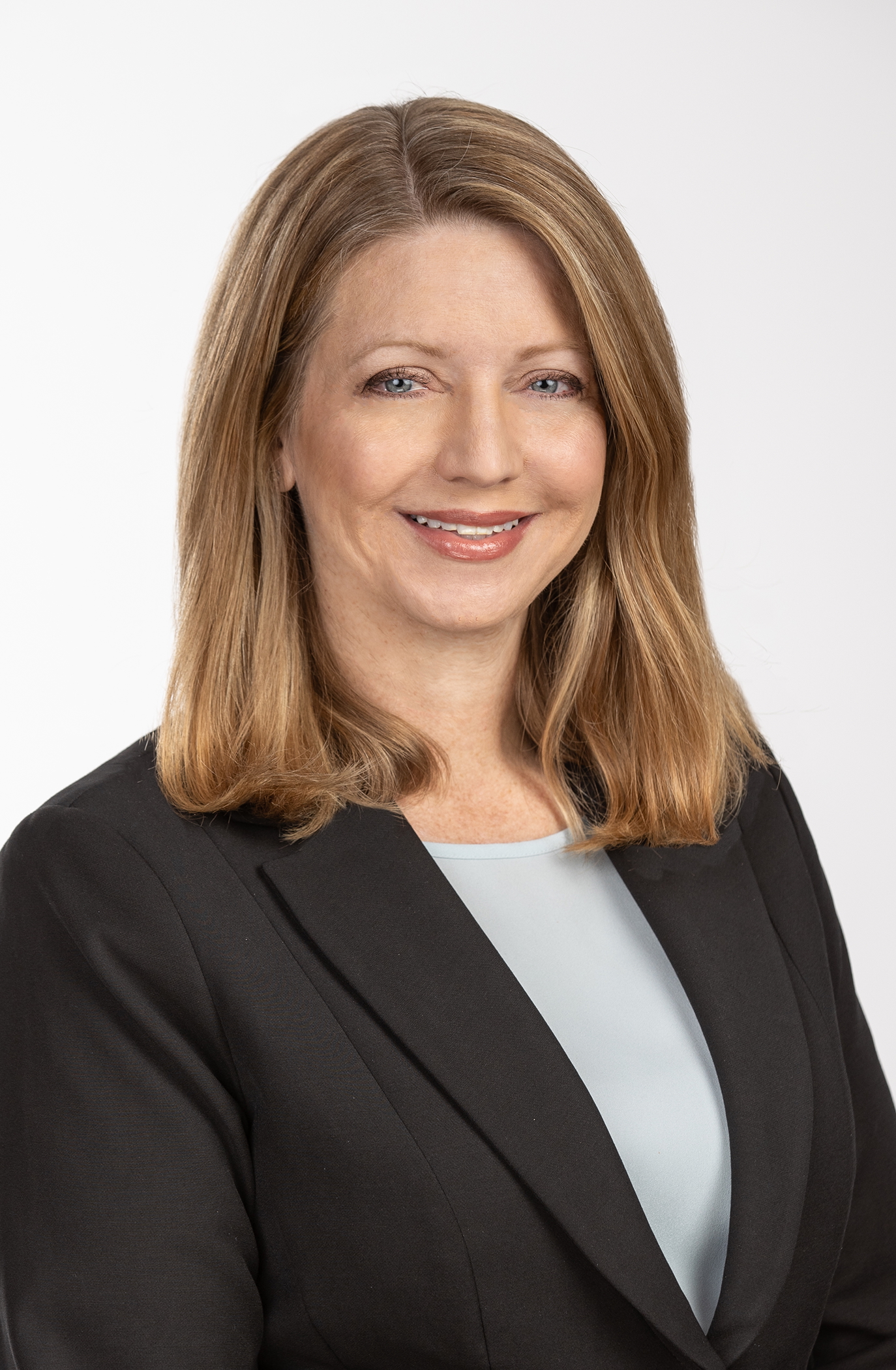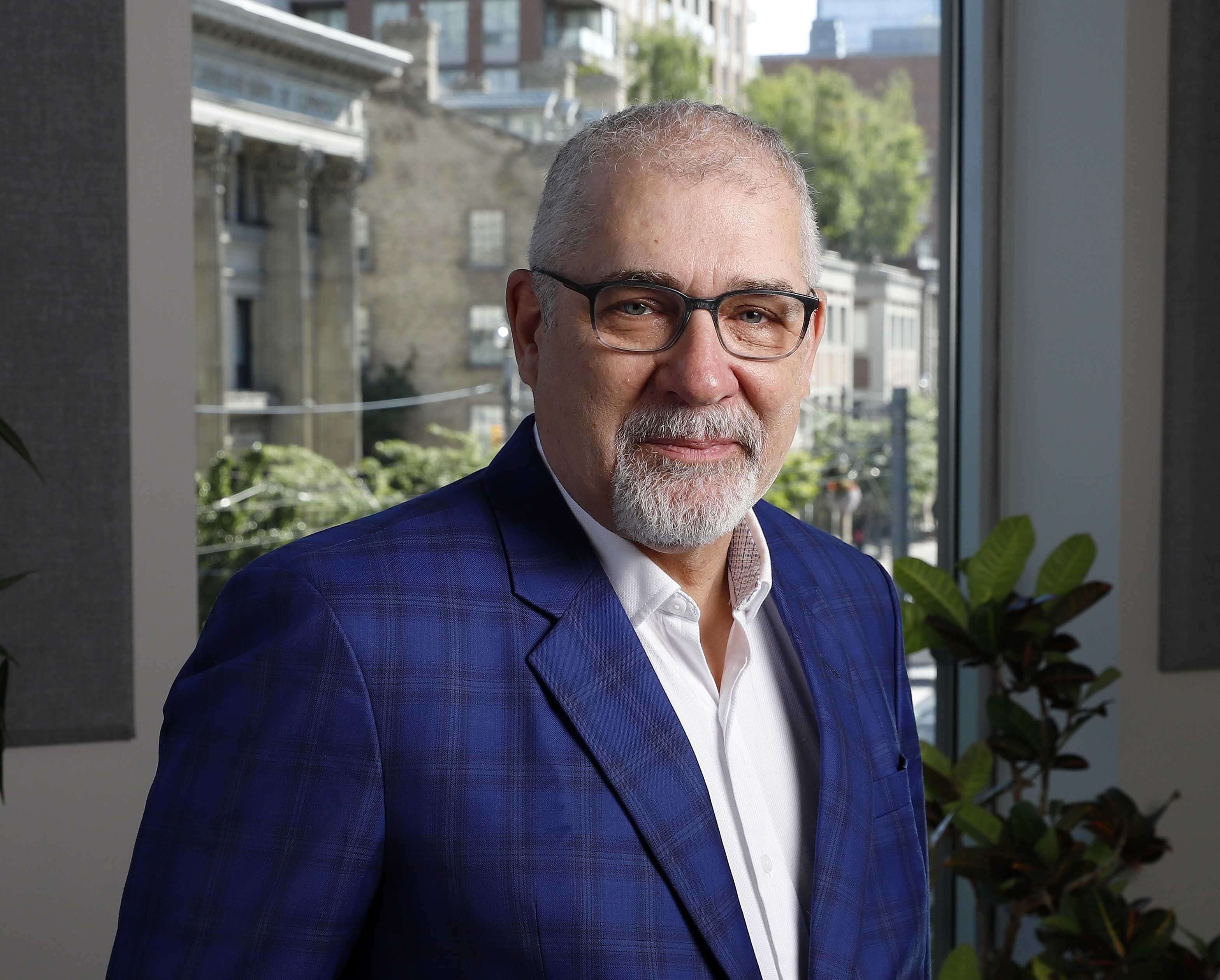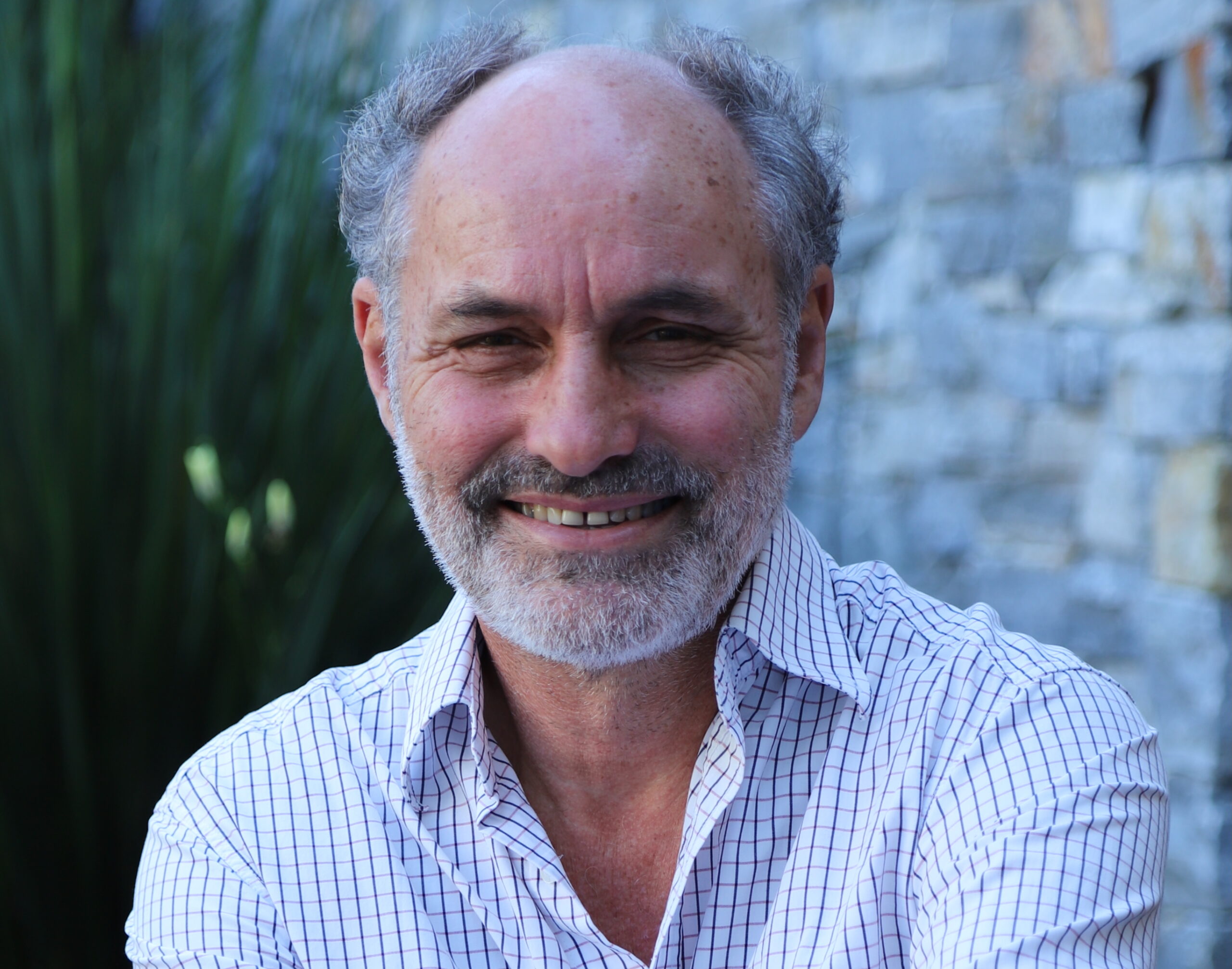
Keynote Speakers
Tailings and Mine Waste Conference
Featured Presentations
Mind the Gap: Innovations in Geochemical Management of Tailings and Mine Waste
Dr. Heidi Cossey, co-presented by Kristin Salzsauler
Abstract:
Recent failures of tailings storage and heap leach facilities have highlighted the importance of achieving both chemical and physical stability of these structures. Geochemical management planning is complex and multidisciplinary, often relying on commitments made during early stages of the mine life cycle that may evolve as projects mature.
This keynote session will critically examine conventional approaches to geochemical management of mined materials, highlighting tensions with geotechnical best practices and identifying persistent knowledge gaps. This session will explore opportunities for innovation in mine waste characterization and management. Case studies will illustrate emerging practices aimed at enhancing physical and chemical stability.
Finally, we will discuss systemic barriers to innovation, including regulatory constraints and risk aversion, and propose strategies to foster more integrated, adaptive, and forward-looking approaches to geochemical planning.
Beyond GISTM – The Next Era in Safe Tailings Facilities
Scott Martens
Abstract:
It has been 5 years since the Global Industry Standard on Tailings Management (GISTM) was released, which was prompted by a series of notable TSF failures. International Council on Mining & Metals (ICMM) member companies have now publicly disclosed the status of conformance with the GISTM requirements for all of their tailings facilities. GISTM is a core component of transformative change that is happening in tailings management.
There have been no catastrophic failures of tailings facilities that were managed in accordance with GISTM or the Mining Association of Canada’s (MAC) Towards Sustainable Mining (TSM) program. But what comes next? Is GISTM enough to achieve what the industry needs and the public rightfully demands for safe and responsible tailings management? There are several themes that warrant focus when implementing GISTM, and areas to build on or extend GISTM. These include: technical guidelines; robust designs; understanding and management of uncertainty; effectiveness of risk management procedures; design and construction quality assurance; transparency in risk communication with senior leadership and independent reviewers; and areas for further research.
The efforts to implement the requirements of GISTM have been significant, and the process is not finished with disclosure of conformance. GISTM provides a framework for safe and responsible tailings management, and it requires achieving a standard, maintaining that standard, and going beyond the minimum standard with robust designs and effective procedures.
GeoStable Trials – Exploring the Future of Commingling and Integrated Mine Waste Management
Dennis Rugg, co-presented by Tamara Butler Johndrow
Abstract:
Freeport-McMoRan Inc. (Freeport) is a founding member of the GeoStable Tailings Consortium (GSTC), which was formed in 2020 to advance the understanding, development, and implementation of commingled tailings and waste rock in support of safe and sustainable management of mine waste materials. Freeport began the planning and design for a GeoStable Trial Project at the Sierrita mine in 2022. The project includes laboratory testing for geotechnical, geochemical, and material handling properties of various commingled mixtures, field conveyability and mixing trials on over 25 commingled mixtures, six lined and fully instrumented commingled trial pads, 17 geochemical rain barrels, and field data collection and monitoring. Construction of six trial pads was completed in June 2025 and monitoring is ongoing.
Freeport’s GeoStable Trial Project objectives are to improve the understanding of commingled waste rock and tailings from geotechnical, hydrotechnical, geochemical, and material handling perspectives. All aspects of the project are designed to support engineering, design, modelling, and development of the business case for future implementation of full-scale integrated mine waste management.
This keynote presentation outlines Freeport’s GeoStable Trial Project journey from conception through design, construction, and monitoring. Key outcomes and learnings identified during each aspect of the project will be summarized and presented. While there are still unknowns regarding full-scale implementation, outcomes from mixing and conveyability trials and from commingled trial pad design and construction indicate that integrated mine waste management at a high throughput mining operation could be within reach.
Furthermore, long-term monitoring of the trial pads is anticipated to improve our understanding of the potential geotechnical, geochemical, and hydrologic benefits of commingled materials.
Speaker Biographies
Mind the Gap: Innovations in Geochemical Management
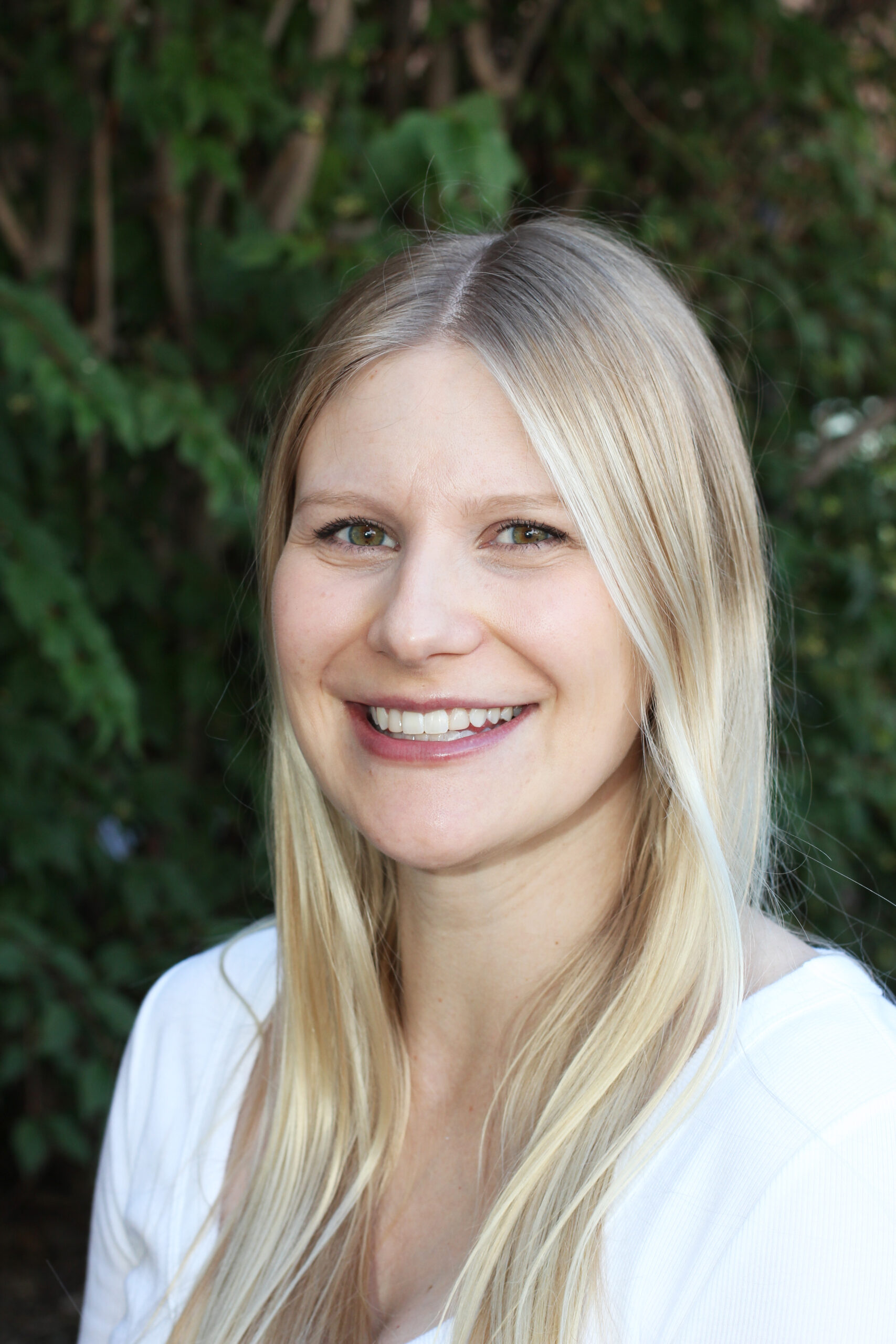
Dr. Heidi Cossey, PhD
Lead Presenter
Heidi has a PhD in Geoenvironmental Engineering and 10 years of graduate research and consulting experience related to the biogeochemical and geotechnical behavior of mine waste. She collaborates with industry and academic partners to design programs evaluating source control strategies for mine waste management facilities. She was awarded a Governor General’s Gold Medal in recognition of her doctoral research on the reclamation of oil sands tailings in pit lakes.
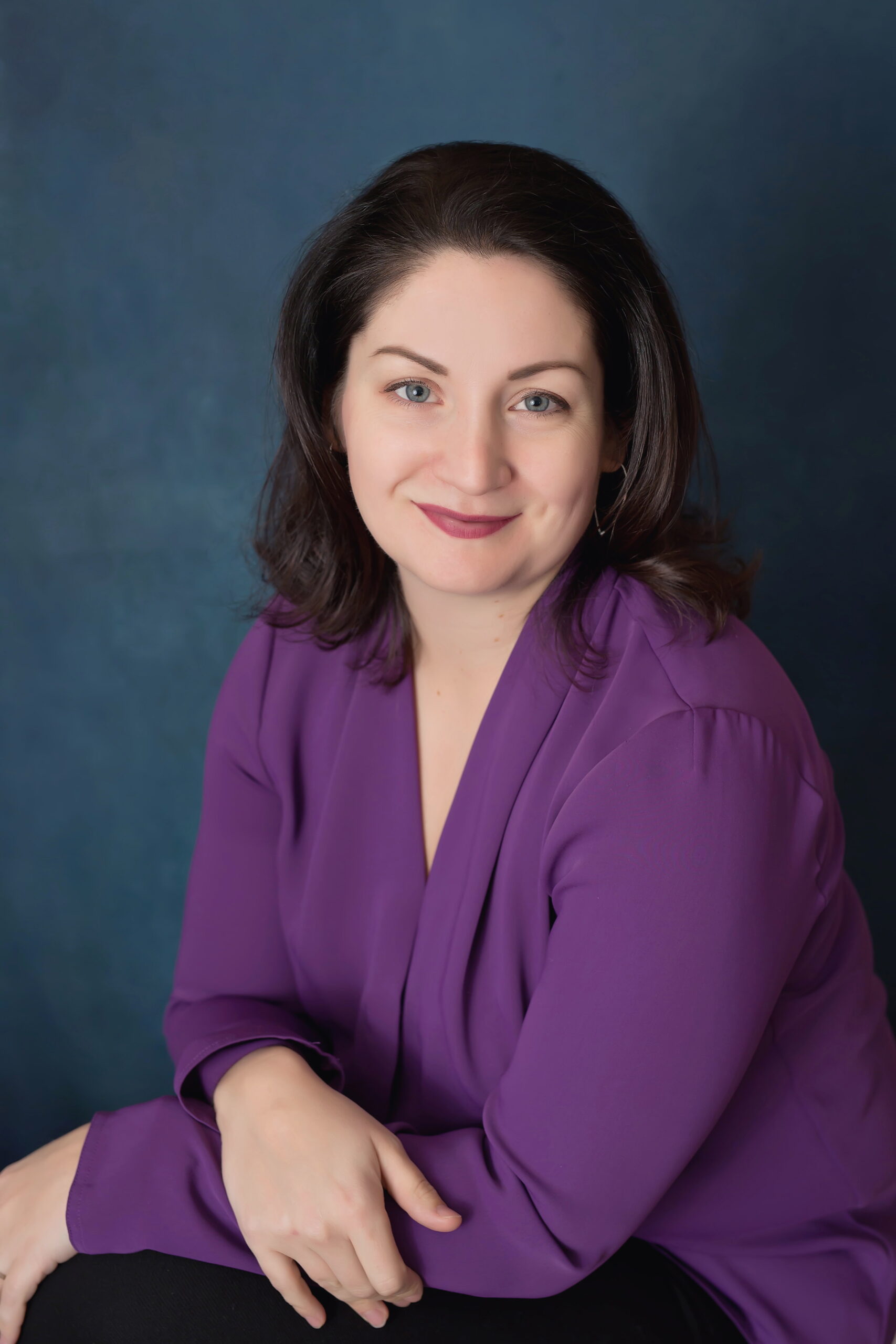
Kristin Salzsauler, MSc, PGeo
Co-Presenter
Kristin is a Senior Principal Geoscientist with over 20 years of experience in geochemical characterization of mine waste. Her expertise includes acid rock drainage (ARD), metal leaching, water quality prediction, and mine planning for geochemical risk mitigation. She leads studies on the geochemical and geotechnical behavior of mined materials and supports the design of mine waste management facilities. Kristin is known for building collaborative, multidisciplinary teams focused on minimizing long-term environmental impacts of mined materials.

